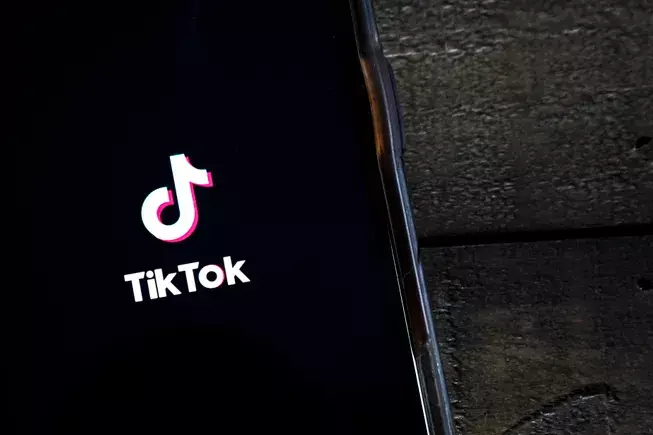The ongoing tumult surrounding TikTok’s presence in the United States reveals a platform grappling with geopolitical pressures and regulatory hurdles. In an audacious move, TikTok is actively developing a separate U.S.-specific version of its app, signaling a strategic pivot that could redefine its operational landscape. This development isn’t merely about compliance; it’s a calculated effort to preserve its market dominance amidst mounting scrutiny and legislation aimed at curbing foreign influence.
By designing this U.S.-only variant, internally dubbed “M2,” TikTok is effectively creating a bifurcated ecosystem—one that allows continued access for American users while adhering to strict regulatory directives. The timing, targeted for early September launch, indicates a proactive approach rather than reactive correction, demonstrating TikTok’s commitment to maintaining its foothold in one of its most lucrative markets. However, this maneuver raises compelling questions about user experience, platform integrity, and TikTok’s long-term strategy.
The move also underscores the importance of control over the app’s core features, particularly its powerful content-algorithm. The original TikTok thrives on its engaging, personalized feed—crafted through sophisticated algorithms that keep users hooked. If the U.S. version is to be detached or restricted in algorithm access, there’s a significant risk that the platform’s engagement levels could suffer. Yet, this could be an essential compromise, giving ByteDance leeway to satisfy U.S. regulatory demands while safeguarding proprietary technology.
Strategic Negotiations: The Power Play Behind the Scenes
The current developments align closely with President Trump’s recent declaration of a potential sale of TikTok to a consortium of American investors. This turn of events marks a pivotal shift, transforming a political standoff into a commercial negotiation. Despite multiple delays, the administration appears poised to finalize a sale before the September deadline, hinting at a pragmatic resolution that balances national security concerns with business interests.
The proposed deal suggests a reorganization—possibly involving a separation where the U.S. version operates independently, or with restricted algorithm access—giving both sides a pathway forward. Such a structure could address key legal concerns, such as foreign ownership limits and algorithm control, while allowing TikTok to preserve its core engagement mechanisms in other regions. This architectural split could become a template for other foreign tech giants facing similar regulatory battles worldwide.
However, the implications for TikTok’s global strategy remain complex. A segmented approach might lead to divergence in user experience and data handling practices across regions, potentially diminishing the unified brand identity that has fueled its rapid growth. Moreover, the anticipated separation could spark a broader conversation about the future of platform transparency, algorithmic control, and the security of user data.
Consequences for the Future: A Win or a Worry?
If successful, these maneuvers could set a precedent for how global platforms navigate political constraints without surrendering market access. The creation of the U.S.-only version might become a blueprint for other companies confronting similar regulatory pressures—balancing openness with prudence through technological segmentation.
Yet, this strategy isn’t without risks. The core of TikTok’s addictive appeal relies heavily on its innovative algorithms, finely tuned to maximize user engagement. If the U.S. version’s algorithm is restricted or re-engineered, it could lead to a less captivating experience, potentially reducing user retention and advertiser appeal. Conversely, if the company manages to deploy an effective, compelling, and less invasive algorithm within the new version, it might preserve—or even enhance—its competitive edge.
Moreover, the political implications are profound. A move away from a full, unified app could be perceived as capitulation or fragmentation, diminishing TikTok’s global reputation as a disruptor in social media. Conversely, it might also be seen as a pragmatic adaptation that enables TikTok to thrive under new legal realities. The true test will lie in the execution—whether these structural changes can sustain the platform’s vibrancy without alienating its original community or compromising its technological prowess.
While the landscape remains uncertain, what is undeniable is that TikTok is actively reshaping its operational DNA to survive and flourish. This series of strategic decisions underscores a broader truth: in the high-stakes world of global tech, adaptation isn’t just advantageous—it’s essential. The coming months will reveal whether this bold restructuring will solidify TikTok’s resilience or expose it to new vulnerabilities.

